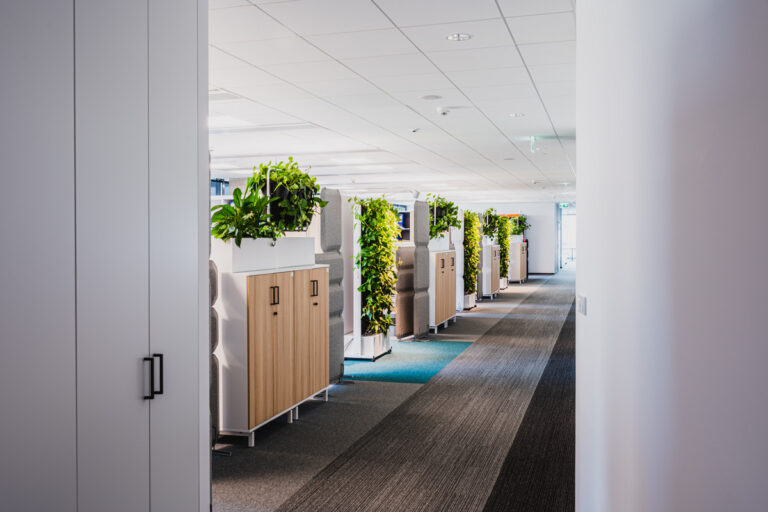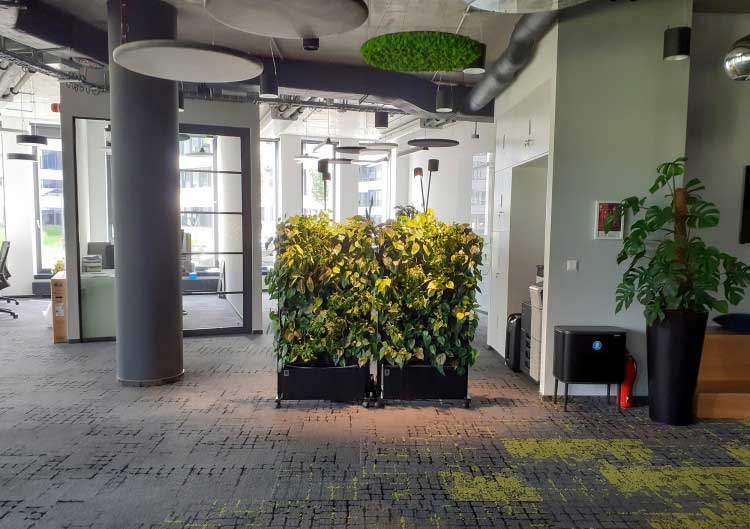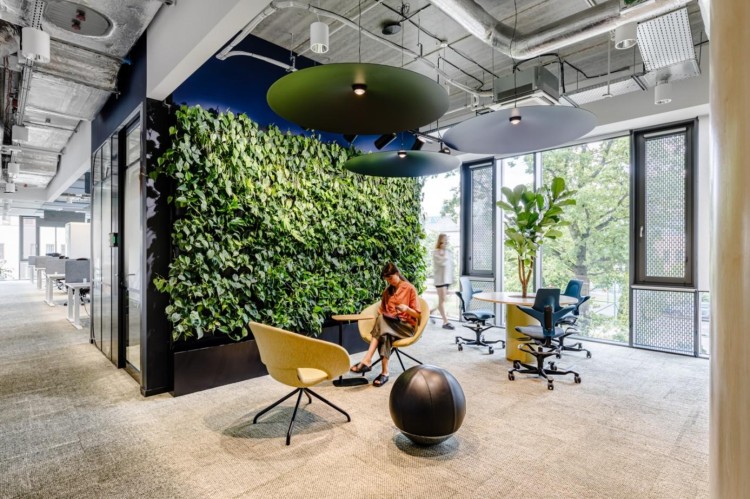Effortless watering of potted plants – how do smart irrigation systems work? Take a look!

When is the best time to water potted flowers to keep them looking healthy? How often should you do it, and how often should you plan to water your plants? Many homeowners, flat owners and office owners ask themselves these questions. Plants need regular watering in the right amount and at the right intervals to grow properly, look beautiful and have a positive effect on the indoor microclimate. In this article, you will find 7 basic rules for watering potted plants. You will learn why it is worth watering flowers in the morning. You will learn about modern automatic irrigation systems that will take care of your flowers for you, saving you time and water consumption.
How does water affect potted plants? Why is watering crucial for their health?
Potted plants need water. It performs several vital functions:
- maintains tension in tissues, preventing leaves from wilting,
- participates in photosynthesis – without it, the plant does not produce oxygen,
- regulates temperature by cooling the plant through transpiration.
We said that plants need water – just like humans and animals. All living organisms die without water after a while, but in fact it is plants that consume the most. Their bodies consist of approximately 90% of water. How much they need depends on many factors, including species, age and amount of light.
The lack of water causes the plants to wilt. The pressure in their cells decreases, and water can no longer reach the leaves through the stem – they fall and die. On the other hand, a hydrated plant has firm and taut leaves. Interestingly, it also produces more oxygen.
Water, like light, is also an essential element of photosynthesis. When humans sweat, they lower their body temperature; plants do the same when they release water droplets through transpiration, providing themselves with the necessary cooling.
Conclusion? If we want healthy, vigorous plants that optimise air quality, we must not neglect to water them regularly.
How to water potted plants correctly? How often? 7 rules for effective watering of potted flowers
Regular watering of potted plants should be adjusted to the species, season and indoor conditions. There is no universal rule, but there are a few guidelines worth knowing to keep your plants in good condition.
Below are 7 key watering rules to keep your flowers healthy and resilient.
- Better less often and more generously than frequently and sparingly – between watering sessions, it is good to wait until the soil dries out a little. This helps to oxygenate the soil better.
Note: “Generously” does not mean overwatering – excess water can lead to root rot. - Water temperature matters. It is best to water with water at room temperature – water that is too cold or too warm can damage delicate roots.
- When is the best time to water flowers? Morning is the ideal time, as the plants will have time to use the water during the day and the soil will not remain damp for long during the night.
- Water less frequently in winter. During winter, houseplants grow more slowly, so they need less water than in spring or summer.
- Use boiled or settled water. It is advisable to leave tap water to stand for a few hours or boil it to remove chlorine and soften it before use.
- Most species are watered “from above”, but not all of them. Some plants (e.g. cyclamen, hydrangea) are better watered “from below” – by pouring water into the saucer and waiting for the roots to absorb it. This prevents the leaves from rotting when in direct contact with water.
- Pots are also important. Clay pots need to be refilled more often because water evaporates through their porous walls, while plants in plastic containers can be watered less frequently.
But what if we don’t always have time to make sure our plants are watered regularly? That’s where a potted plant watering system comes in handy – a solution that makes caring for your plants easier, especially if you travel frequently or have a lot of plants. Such an irrigation system controls the water supply and allows plants to take exactly as much water as they need, keeping them healthy without the risk of overwatering.
Automatically irrigated green walls – the solution to all problems!
As you can see, when growing potted plants, you need to be very flexible:
- It is a good idea to boil the water the day before.
- set it aside for several hours,
- and in the morning, water the flowers with water at room temperature (according to the requirements of specific species).
This takes time and, although it is rarely mentioned, also requires a considerable amount of water. Modern irrigation systems allow for automatic watering of potted flowers – thanks to drippers, water goes directly into the soil, eliminating the risk of overwatering. Such automatic watering of plants means a huge saving of resources – time, water and our energy.
How does automatic watering of potted flowers work?
Automatic watering of potted plants in vertical gardens eliminates the need for manual watering. Water is pumped by a special pump and distributed through a network of connected pipes. Drippers dispense the liquid, and each plant receives exactly the amount of water it needs. The irrigation system is controlled automatically, according to an individually set schedule, taking into account, among other things, plant walls and the needs of the flowers incorporated into them. At later stages, as part of the service, the moisture content of the substrate is monitored and, if necessary, the frequency and duration of irrigation can be adjusted.
How do we do it?
In an automatic irrigation system vertical gardens or mobile vertical gardens (and more), everything is carefully thought out. Plants that like a lot of water are planted at the bottom, while those that prefer dry conditions are placed at the top of the structure. We install both open and closed circulation systems. In the first case, we operate on a direct water and sewage connection. The water distributed to the plants is mixed (cold with warm) in the control panel beforehand, so that the flowers are watered with water at room temperature. Temperature control is not necessary in a closed circuit, where the water “stays” in the tank for a certain period of time.
What are the benefits of a watering system and having potted flowers and other plants in our surroundings?
Contact with nature has a beneficial effect on humans. It reduces stress and has a calming effect on people living in a hurry. Plant walls provide everyday proximity to nature, humidified air and a calming, green interior. A dozen or so pots installed in a cluster on the wall will have a much better effect than many containers placed on windowsills or furniture in the office or at home. Vertical gardens not only have a real effect on the microclimate in a room (we recommend reading about how green walls affect air humidity), but also on our well-being. The very sound of water dripping during irrigation is pleasant and allows you to relax during a stressful day. At the same time, automatic watering saves water and time.
Regardless of whether you choose classic watering or invest in a potted plant watering system, the most important thing is to provide your plants with regular care. Automatic potted flower irrigation systems make green wall maintenance convenient and reliable, and your plants will look beautiful and healthy. Would you like to learn more about growing green walls? Read the article on ways to grow plants in vertical gardens.







